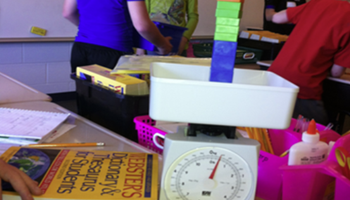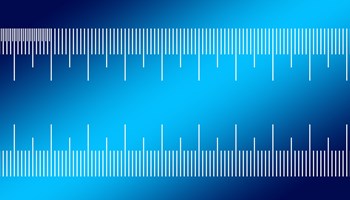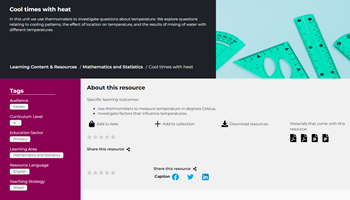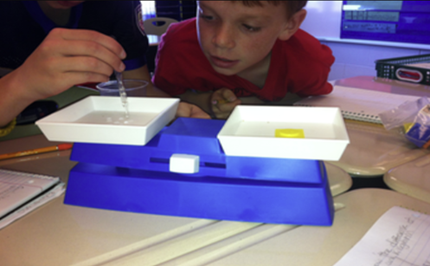Please note: This site contains links to websites not controlled by the Australian Government or ESA. More information here.
What’s a gram?
Students investigate the difference between a gram and a kilogram by looking at the relative sizes of measurement units.
Additional details |
|
| Year level(s) | Year 5 |
|---|---|
| Audience | Teacher |
| Purpose | Teaching resource, Student task |
| Format | Web page |
| Teaching strategies and pedagogical approaches | Explicit teaching |
Curriculum alignment |
|
| Strand and focus | Measurement |
| Topics | Using units of measurement |
| AC: Mathematics (V9.0) content descriptions |
AC9M5M01
Choose appropriate metric units when measuring the length, mass and capacity of objects; use smaller units or a combination of units to obtain a more accurate measure |
| Numeracy progression |
Understanding units of measurement (P8)
|
Copyright details |
|
| Organisation | BetterLesson |
| Copyright | © Kara Nelson. Creative Commons BY-NC 4.0. |
Related resources
-

What’s a kilogram?
Students determine equivalent conversions between grams and kilograms, and understand relative sizes of measurement units.
Resource details -

Metric units and using instruments: Year 5 – planning tool
This planning resource for Year 5 is for the topic of Metric units and using instruments.
Resource details -

Cool times with heat
A multi-session unit providing practical opportunities for measuring temperature using thermometers.
Resource details -

Weighty problems
This unit comprises six problems for students to apply and interpret measurement of mass. Students are also introduced to the concepts of net and gross mass.
Resource details
